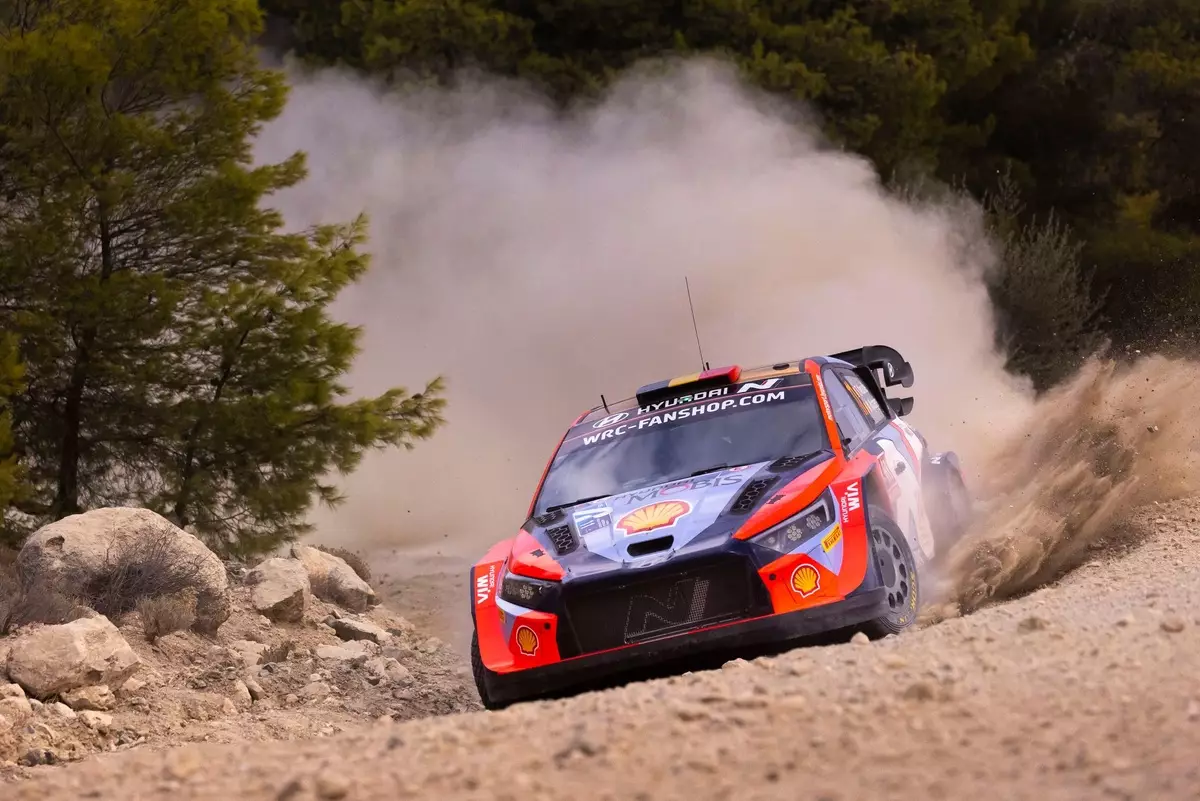The World Rally Championship (WRC) is poised for a significant transformation as it phases out hybrid systems from Rally1 vehicles starting in 2025. This strategic move, confirmed by the FIA World Motor Sport Council through an e-voting process, reflects a broader reassessment of the technological direction and financial sustainability within the championship. The 130kW plug-in hybrid system, which made its debut in 2022, is being removed in response to increasing operational costs and logistical challenges that have made maintaining hybrid units more cumbersome for teams.
Rising expenses have been cited as the primary driver behind this decision. The control supplier, Compact Dynamics, recently imposed new safety protocols that complicate the race-day management of hybrid equipment. Previously, teams were able to reset malfunctioning units on-site, but the updated guidelines require that any unit suffering severe shock damage undergo a complete overhaul at the manufacturer’s facility. This change was particularly alarming to M-Sport, the only independent non-factory team competing at this level, which raised concerns regarding the viability of its operations under the new requirements.
The implications of eliminating hybrid technology extend beyond mere cost considerations—it represents a philosophical shift within the WRC as it strives to balance technological advancement with the spirit of rally racing. As stakeholders engaged in discussions about this change, the consensus emerged that moving away from hybrid systems would realign the championship with its competitive roots.
FIA Chief Technical and Safety Officer Xavier Mestelan-Pinon articulated the governing body’s perspective on this significant change, emphasizing that the hybrid systems no longer aligned with the best interests of the WRC. The objective is not merely to reduce costs but to ensure that the championship remains innovative while staying true to its exhilarating nature. The WRC aims to be adaptive, merging tradition with modernity as it approaches the new technical regulations set for 2027.
Additionally, the commitment to sustainability remains unwavering. With the decision to revert solely to internal combustion engines, the FIA has confirmed that the championship will continue to utilize 100 percent sustainable fuel, underpinning its responsibility towards reducing its environmental footprint.
To facilitate the transition back to traditional engines without compromising performance, the FIA has announced changes to vehicle specifications. Rally1 cars will see a decrease in minimum weight from 1,260 kg to 1,180 kg, along with a slight reduction in air restrictor size from 36 mm to 35 mm, ensuring that teams maintain a competitive power-to-weight ratio similar to that of 2024.
A noteworthy point of reference in this transition was Martiṇs Sesks’ participation in Poland with a non-hybrid Ford Puma, showcasing that current Rally1 cars can successfully operate without any form of electric assistance. This example serves as a blueprint for the WRC’s future, illustrating the potential for thrilling competition while streamlining operational complexities.
The WRC’s shift away from hybrid technology marks a pivotal moment in rally racing, one that emphasizes a return to core racing principles while embracing sustainable practices. As teams adapt to these changes, the championship gears up for a future that promises to be as exhilarating as it is responsible.


Napsat komentář